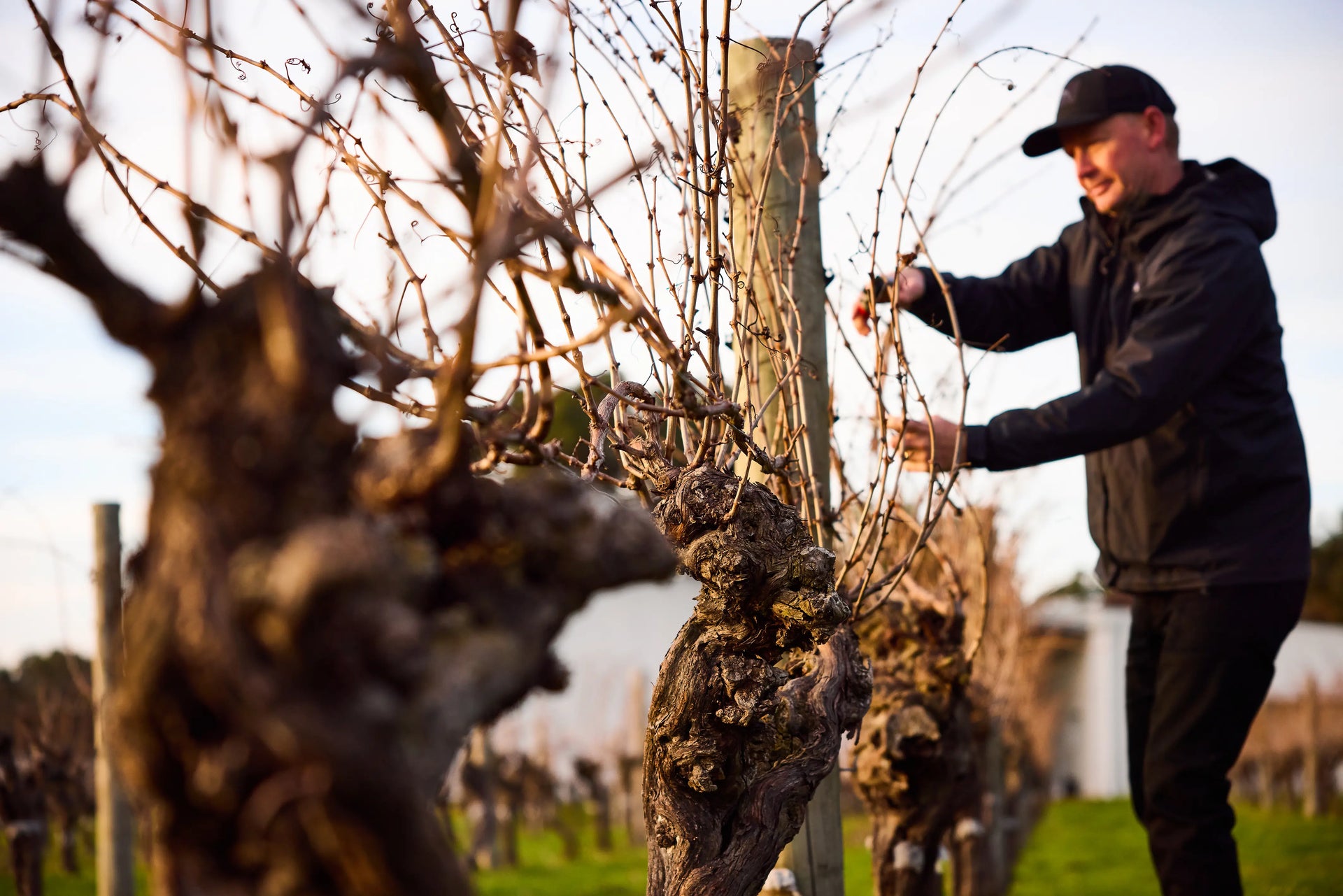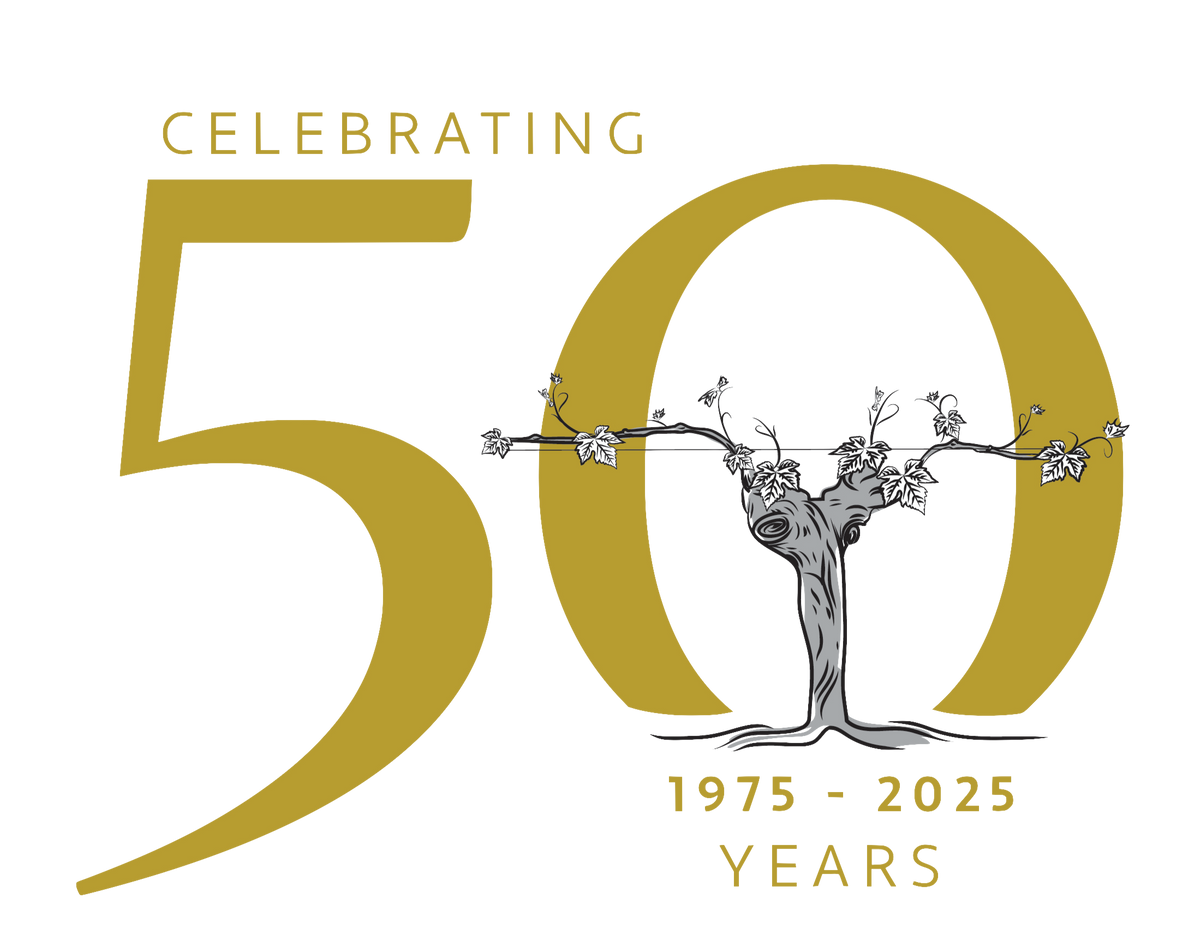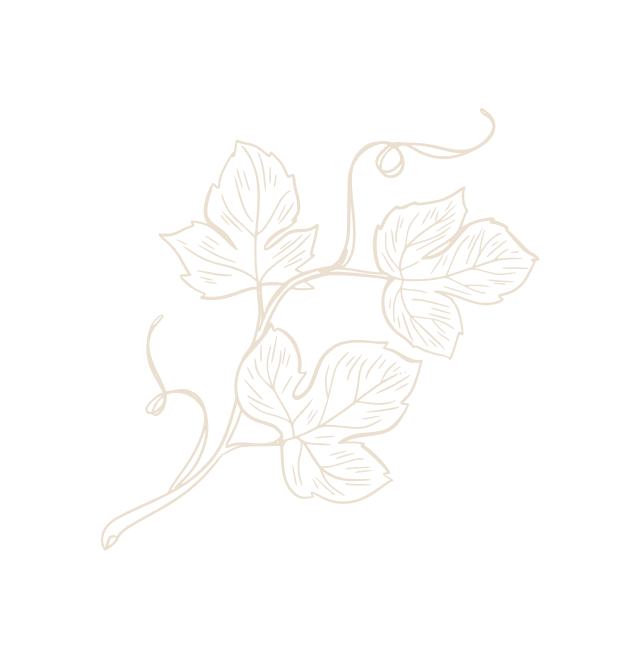
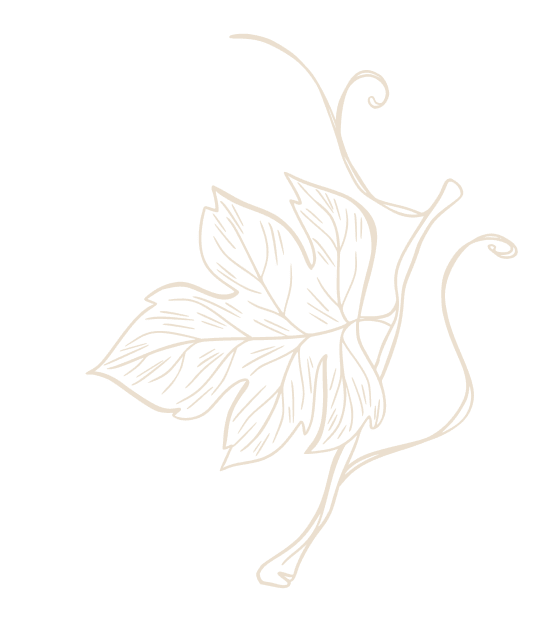
Exactly where the power stops and the delicacy starts is difficult to tell...
While some winemakers might take you straight to a tasting at their landmark cellar door on Caves Road, Scott and Annette Baxter first draw context from Gralyn Estate itself: almost 200 hectares of pasture and forest, and just hectares under vine.
Like many of their Wilyabrup peers they’re known for their estate grown premium Chardonnay and Cabernet Sauvignon, but also as one of Australia’s great producers of high-quality fortified wines.
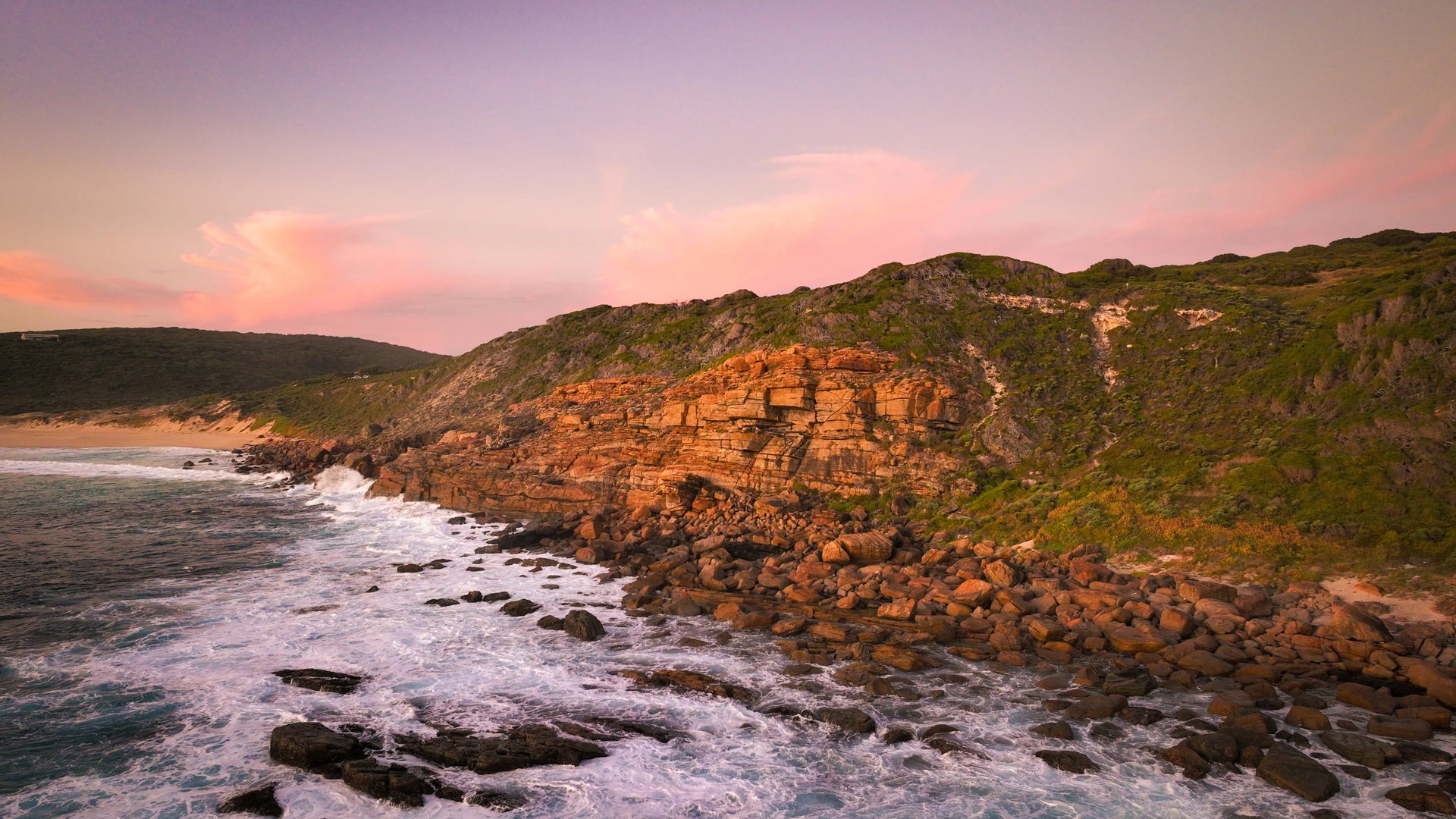
At night when the swell is particularly raucous you can hear it rumbling in the distance...
As we climb gradually through the pasture to take up a vantage point looking west across the property Scott says that one of his loves of this property is its proximity to the ocean, just 3km away.
That maritime influence is never far from mind in Margaret River, a key to the region’s success. Gralyn Estate sees the interplay between gravelly loam soils, hot summer days that bring fruit to maturity, while cool nights offer needed respite, the plentiful, recharging rains of winter are captured by the clay subsoil just a metre down.
A home for Scott and Annette as well as a place of work it’s very much a family business. For Annette the property holds memories as far back as childhood; her parents Graham and Merilyn Hutton first cleared the then 230ha property back in 1968. Graham, a dairy farmer from Capel, had plans to solely run beef but a Cabernet Sauvignon from the district’s 1973 vintage acted as something of a lightning rod. 'Even in those early days there was something very special about the quality and flavour of the Wilyabrup grapes,' recalls Merilyn.
On an elevation above the winery, Scott points out where the estate borders Mosswood, Vasse Felix, and Cullen Wines — names synonymous with the story of Margaret River wine. But to Merilyn and Graham, they conjure memories of friends and fellow vignerons who often banded together in those early days.
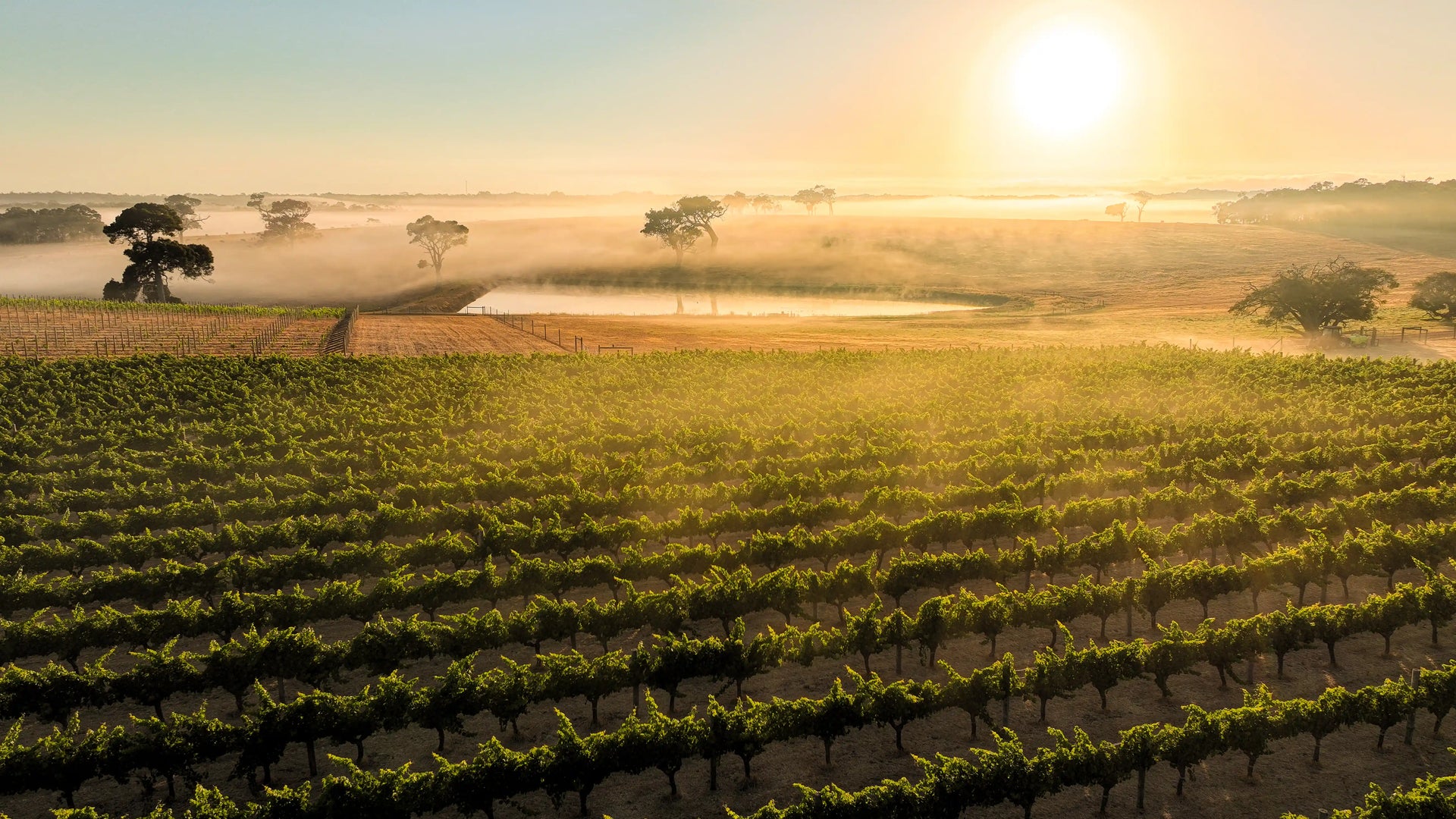
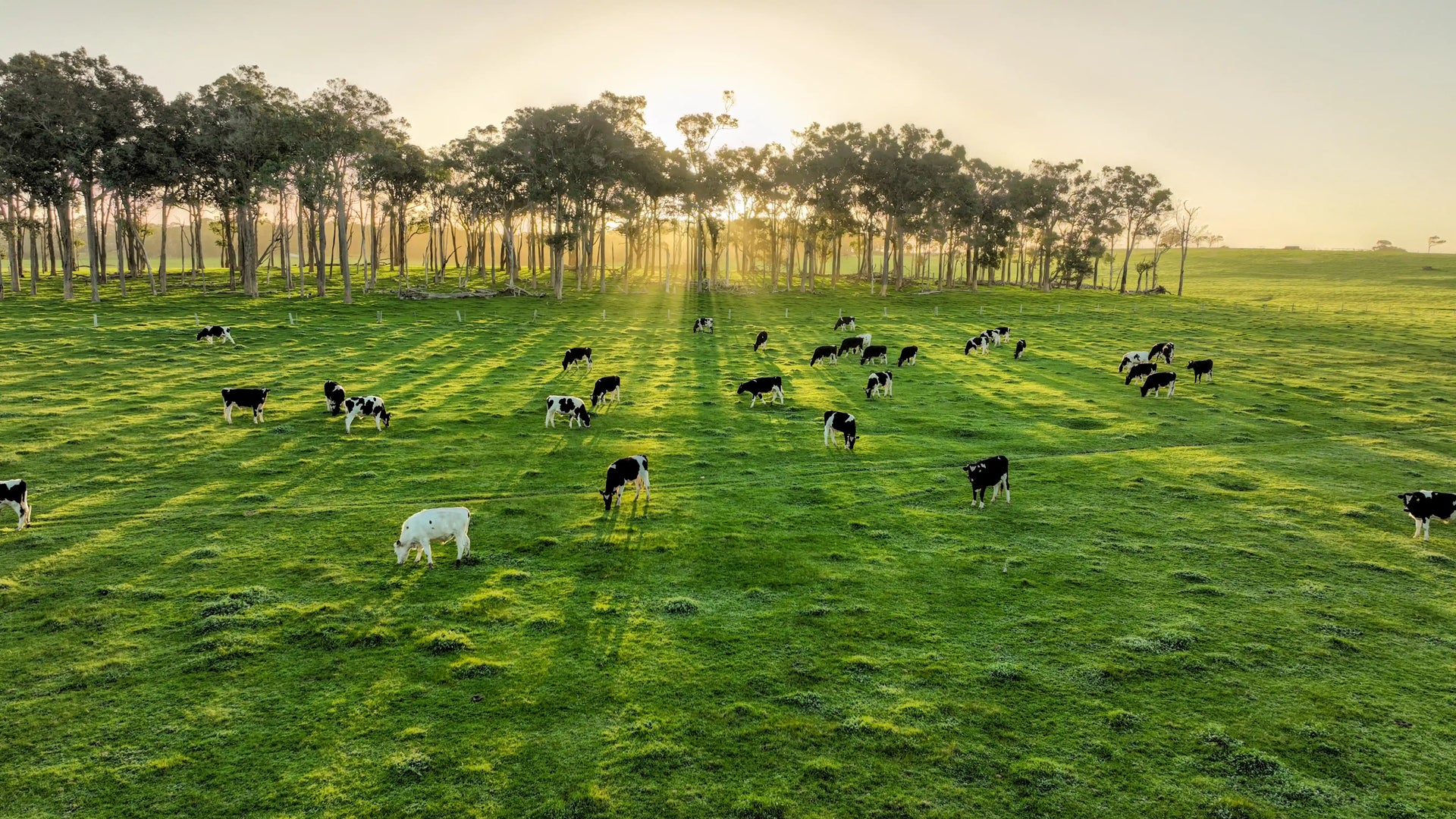
You could say it was Graham’s practical nature, borne from his farming background, that allowed for the establishment of what is now Gralyn Estate back in 1975. He referred to it as done “on the cheap” — the planting of a vineyard that has stood the test of time. Graham split almost 2,000 vineyard posts and strainers from Jarrah found on the property. Building the winery, which would also become the region’s first cellar door, was a further test of ingenuity. He mixed nine tonnes of concrete for the wax-lined fermentation tanks using a small concrete mixer, and repurposed old dairy coolers from a nearby farm.
Gralyn Cellars emerged in 1978 — the region’s first cellar door. While the idea of such an experience is commonplace now, back then vineyards sold direct through retail outlets.
The cellar door and tasting room patrons see today was built in 2000, on the site of what was the Gralyn Garden Restaurant, opened in 1986 amidst Western Australia’s heady America’s Cup days. The original cellar door has been preserved. Stepping up to the Jarrah tasting bar, there’s a palpable sense of the region’s viticultural history — a line that stretches back to those first customers discovering Margaret River in its infancy.
The tasting room isn’t simply a relic. It’s now used by Annette and Scott for special, bookable experiences — a place to showcase the evolution of Gralyn Estate, and in particular, its dedication to vintage port styles.
The Huttons made 30 gallons of vintage port back in 1978, which became the foundation for continued fortified wine production.
“That's been a programme here since day dot,” says Scott. “We've got this enviable collection of fortified wine that we can now produce these barrel-aged fortifieds from, and we're matching up with the best in the country.”
“That doesn't just happen,” adds Annette. “It takes time.”
Story and interview by Max Brearley.
